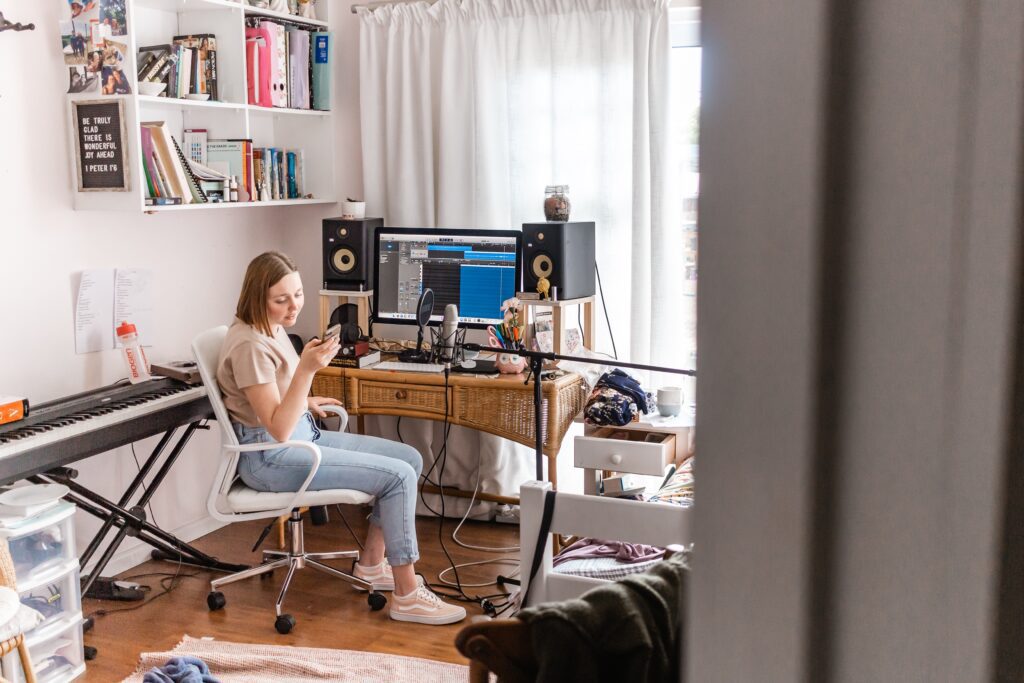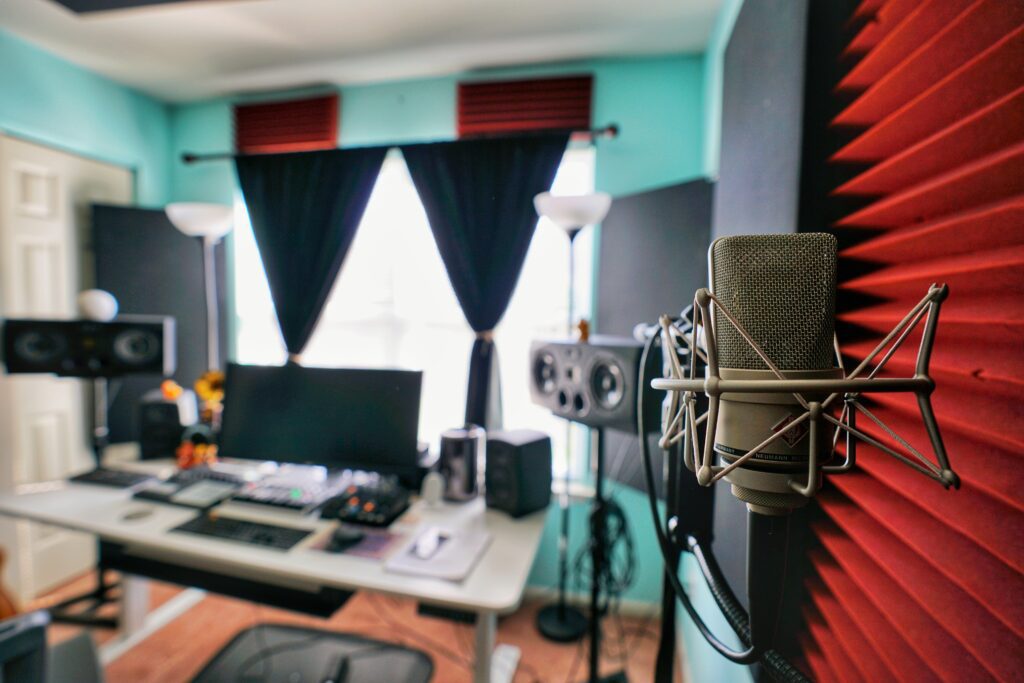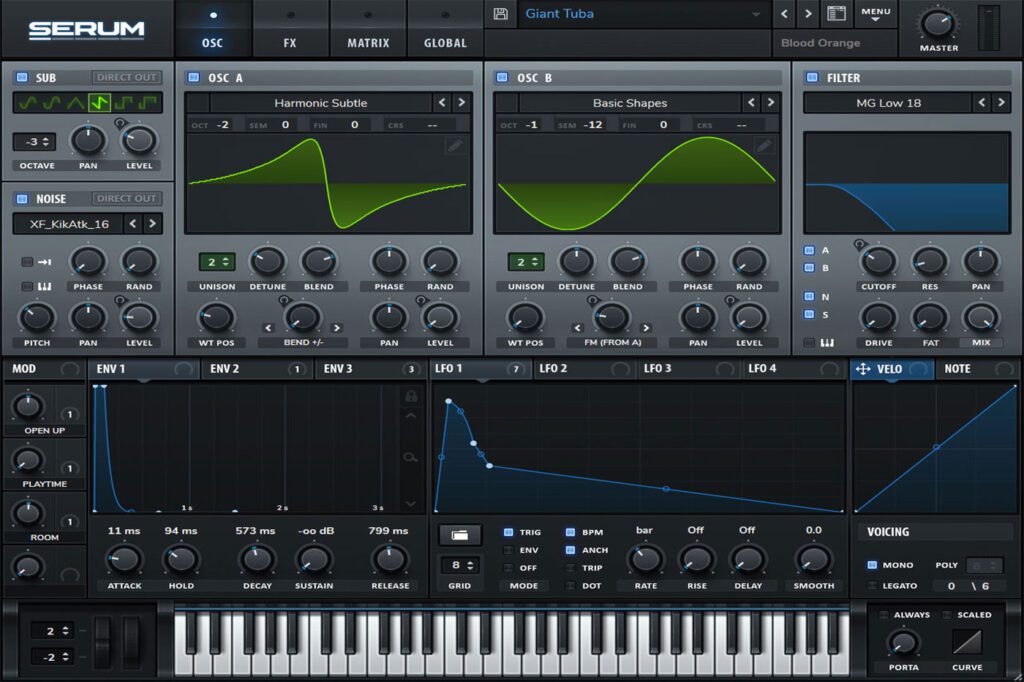Studio monitors are a vital tool for producers, engineers, and musicians, providing accurate audio reproduction critical for professional audio production and mixing. However, with the variety of options available, it can be challenging to navigate the world of studio monitors. In this article, we will explore the differences between 2-way and 3-way studio monitors, how price range reflects specifications, important factors to consider when choosing monitors, ideal listening positions and room setup, the suitability of 5-inch and large woofers, the role of subwoofers, and the challenges of apartment living.
Understanding the Difference between 2-Way and 3-Way Studio Monitors
Studio monitors come in two main configurations: 2-way and 3-way. A 2-way monitor consists of a woofer and a tweeter, while a 3-way monitor adds a mid-range driver to the configuration. The addition of a mid-range driver in 3-way monitors allows for better separation of frequencies, resulting in improved clarity and accuracy across the audio spectrum.
How Price Range Reflects Monitor Specifications
The price range of studio monitors often correlates with the quality of components and overall performance. Higher-priced monitors typically feature better drivers, more robust amplifiers, and advanced technologies such as active crossovers and room-correction DSP. These advanced features contribute to enhanced frequency response, reduced distortion, and improved soundstage, making them a popular choice for professional studios.

Important Factors to Consider when Choosing Studio Monitors
a. Sound Quality and Accuracy: Look for monitors that provide a balanced and transparent sound representation, allowing you to hear every detail in your audio.
b. Room Acoustics: Consider the size, shape, and acoustic treatment of your studio space. Monitors should be compatible with your room’s characteristics to ensure accurate sound reproduction.
c. Purpose and Application: Determine your primary use for the monitors, such as music production, mixing, or casual listening. Different monitors excel in specific areas.
d. Budget: Set a budget that aligns with your needs and expectations. Remember that higher-priced monitors often offer better performance and durability.
Ideal Listening Position and Room Setup
a. Listening Position: The ideal listening position forms an equilateral triangle between the two monitors and the listener. This allows for a balanced stereo image and accurate soundstage.
b. Width Between Monitors: The ideal width between monitors can vary, but a general guideline is to keep them approximately 3 to 6 feet (90 to 180 cm) apart. Adjustments can be made based on personal preference and room size.
c. Monitor Position within the Room: It’s best to position studio monitors away from walls and corners to reduce unwanted reflections and bass buildup. Experiment with placement to find the sweet spot for your room.
Suitability of 5-Inch and Large Woofers
In small home studio rooms, 5-inch woofers are often preferred due to their balanced frequency response and compact size. They provide sufficient bass response without overwhelming the room. In contrast, large woofers are better suited for larger studios, where they can handle higher sound pressure levels and deliver deeper bass extension.
The Role of 3-Way Monitors and Big Woofers
3-way monitors and large woofers are commonly favored by bass-heavy music producers due to their ability to reproduce low frequencies more accurately and deliver a bigger sound. These setups are ideal for genres like hip-hop, EDM, and electronic music where powerful bass is a crucial component.
Do You Need a Subwoofer?
The necessity of a subwoofer depends on your specific requirements and the size of your studio. While a subwoofer can enhance low-frequency performance, it may not always be necessary, especially in smaller rooms. Careful consideration of room size, monitor capabilities, and personal preference will help determine if a subwoofer is required.
Apartment Living and Noise Considerations
Living in an apartment presents unique challenges when it comes to studio monitor usage. Neighbors may be sensitive to excessive noise, particularly in shared walls or floors. Consider using isolation pads or monitor stands to reduce vibrations and sound leakage. Additionally, adjusting monitor volume levels and using headphones when necessary can help minimize disturbances.
Choosing the right studio monitors is crucial for accurate audio reproduction and a productive studio environment. Understanding the differences between 2-way and 3-way monitors, considering factors like sound quality, room acoustics, and purpose, and configuring an ideal listening position and room setup are essential steps to ensure optimal results. Additionally, selecting the appropriate woofer size, deciding on the need for a subwoofer, and being mindful of noise levels in apartment settings contribute to a successful studio monitoring experience.


